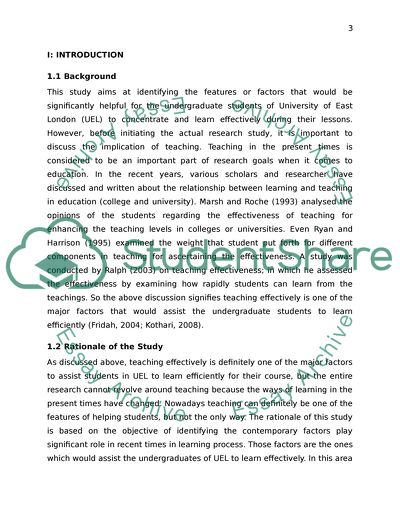Cite this document
(The Implication of Teaching for Undergraduates Research Paper, n.d.)
The Implication of Teaching for Undergraduates Research Paper. Retrieved from https://studentshare.org/education/1496257-small-scale-research-project
The Implication of Teaching for Undergraduates Research Paper. Retrieved from https://studentshare.org/education/1496257-small-scale-research-project
(The Implication of Teaching for Undergraduates Research Paper)
The Implication of Teaching for Undergraduates Research Paper. https://studentshare.org/education/1496257-small-scale-research-project.
The Implication of Teaching for Undergraduates Research Paper. https://studentshare.org/education/1496257-small-scale-research-project.
“The Implication of Teaching for Undergraduates Research Paper”, n.d. https://studentshare.org/education/1496257-small-scale-research-project.


